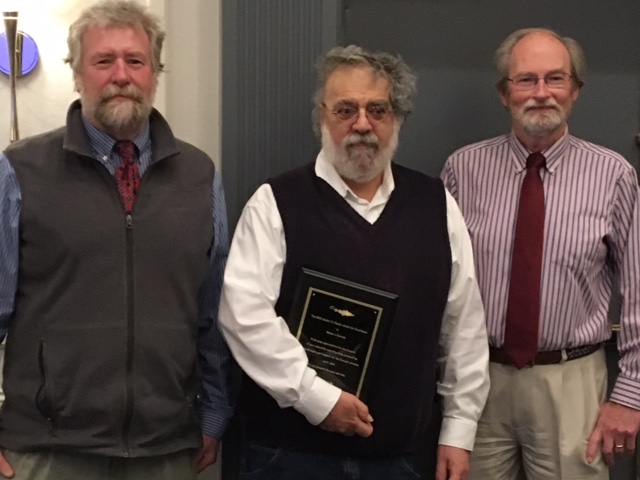April 19, 2019 — The New England Fishery Management Council continues to work on an amendment to improve monitoring within the groundfish fishery, with a particular emphasis on generating more options within the dockside monitoring alternatives.
Meeting for three days this week in Mystic, Connecticut, the council approved several additions and modifications to the original range of groundfish monitoring alternatives, with an eye toward completing a draft environmental impact statement in time to schedule public hearings later this year.
The council also requested its Groundfish Committee “expand the number of options to determine monitoring coverage levels based on catch” and explore an additional alternative for “vessel exemptions based on fishing location.”

